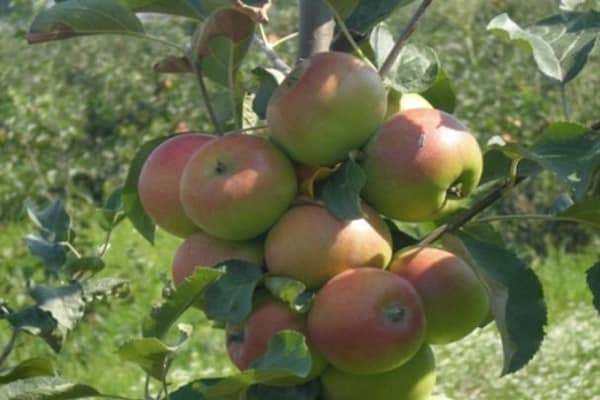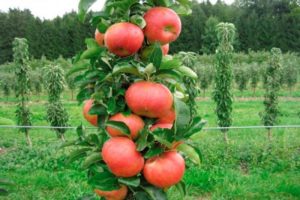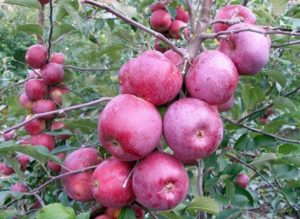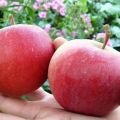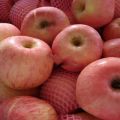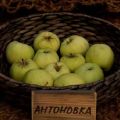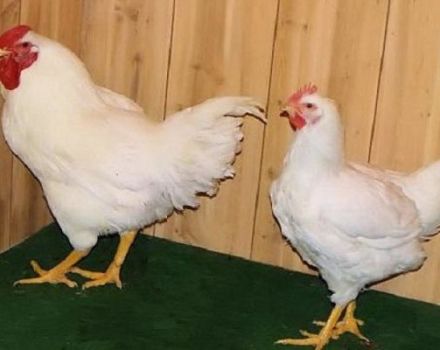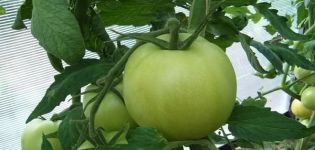Description of the apple variety Baltika, growing regions and disease resistance
To date, a huge number of varieties of fruit trees, including apple trees, have been bred. You can find varieties for every taste. One of the worthy fruit trees is the Baltika apple tree. The Baltic is a winter-hardy species. The tree is unpretentious in care and gives a bountiful harvest.
Description and features
The apple tree of the Baltika variety was bred by the breeder P.I. Lavrikov. Ancestor the apple tree became the Borovinka variety... A few years after the selection, the Baltic was zoned for the northern regions.
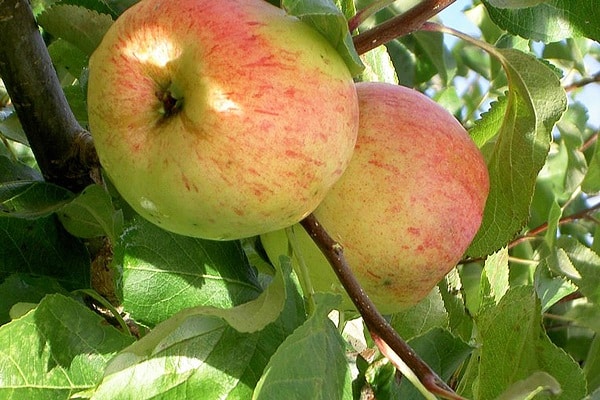
You need to start characterizing the apple tree with a description of the tree. The tree trunk reaches 10 m in height. The tree itself is powerful, with long spreading branches. Crohn is characterized by a paniculate shape. Leaf thickening is average. The leaves are small, the tip is sharp, serrated along the edges. The tree begins to bloom in the second half of May.
Due to its height, the plant needs annual pruning of dry branches and crown formation. If this is not done, the plant will begin to bear fruit worse. Special attention should be paid to sanitary pruning. You need to carry out the procedure every spring, when the kidneys are just beginning to appear. Cut off dry, weak and diseased branches. The cut sites must be disinfected.
You will have to plant pollinating apple trees nearby. Melba, Osenne Polosatoye, Antonovka are suitable as a pollinator for the Baltic apple trees.
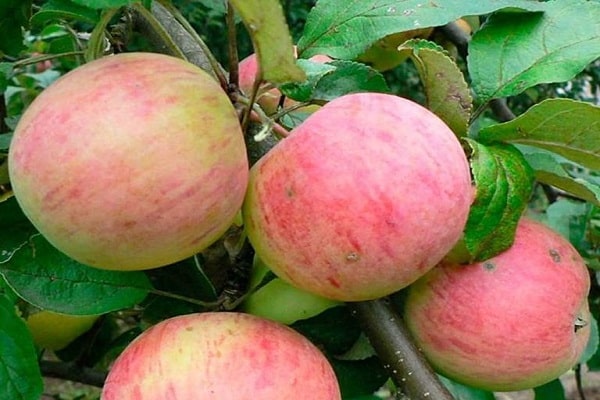
Pros and cons of apple varieties Baltika
Like any agricultural crop, the Baltika apple tree has its pros and cons.
Advantages of growing:
- Frost resistance of wood.
- The plant is immune to many agricultural diseases, primarily scab.
- The fruits are of high quality, tasty.
There are no significant disadvantages of growing. The only negative noted by some gardeners is late fruiting relative to other apple trees.

Productivity and fruit assessment
Ripe apples are large, weighing up to 120 g. The peel is green with light pink stripes. The pulp of ripe fruits is crispy, dense, juicy with a pleasant sweet and sour aftertaste. The peel is smooth, glossy. The fruits received a high tasting rating.
Baltika has a good yield. From one tree, from 190 to 210 kg of apples are harvested. The tree begins to bear fruit in the 4th year after planting the seedling in the soil. The crop is harvested in the first half of September. The harvested fruits are stored in a cool room for up to two months. Apples are suitable for cooking preserves, jams and other sweets. Fresh fruits are also very tasty.
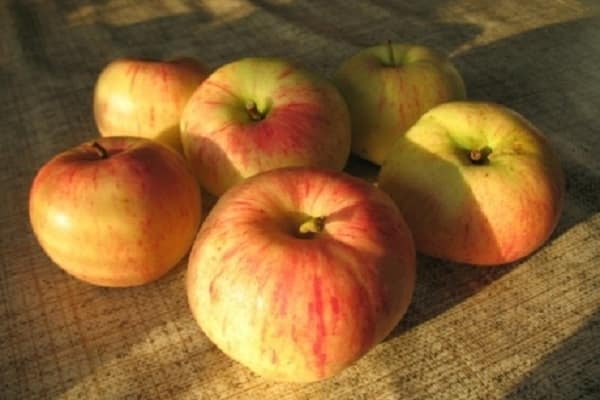
Disease resistance
One of the advantages of the apple tree is the presence of immunity to most diseases that affect agricultural crops. This is especially true for scab. But for prevention, it is recommended to regularly inspect trees.
At the first signs of the appearance of harmful insects or diseases, measures are urgently taken to prevent further development. To prevent the appearance of insects and diseases, mineral and organic fertilizing is annually introduced into the soil. Such measures help to increase the immune defense of the plant.
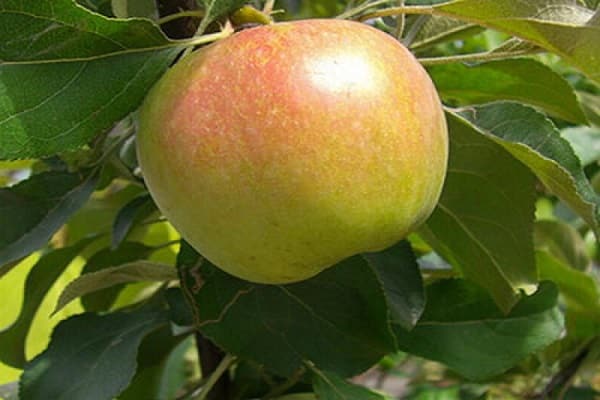
Often, tree bark becomes attractive to rodents. On the bark, you can see the marks from the teeth of mice or voles. To prevent damage to the bark by rodents, the bark is covered with spruce branches for the first 5 years after planting the seedling in the ground. This helps protect young seedlings from rodent attacks.
In addition, with the onset of the first autumn frosts, you need to mulch the soil around the trunk. Humus or compost is used as mulch. If winters with little snow are observed in the region, then the mulch height is recommended from 15 to 25 cm.

What subspecies are there?
There is one subspecies of the Baltic apple tree. According to some characteristics, both varieties are quite similar. The Baltic was taken as the basis for the selection of the subspecies. As a result, a new hybrid was obtained, which was named the Baltika Zhigulevsky apple tree. The rest of the characteristics of the hybrid are similar to the Baltic apple tree.
Zhigulevsky is characterized by an extended period of fruiting. That is, you can pick ripe fruits all season, from mid-summer to the last days of September. The harvest peaks in mid-September. This variety is grown not only on personal plots, but also by large enterprises.
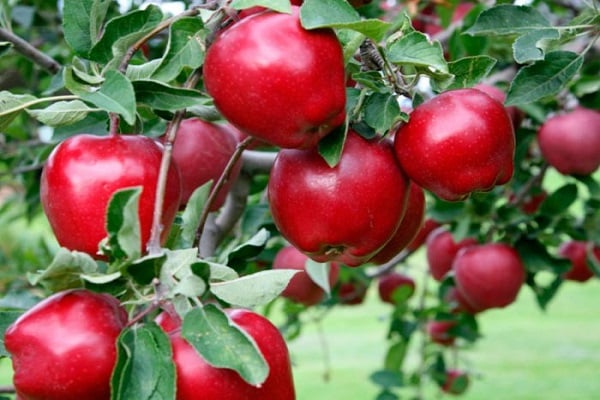
The best regions to grow
The hybrid was bred in the Leningrad region, and this region is considered the most favorable place for growing trees. Since the trees are resistant to frost and winter frosts, apple trees can be grown even in northern latitudes.
Also, the hybrid is grown in the central and southern regions. The climate in these latitudes is considered favorable for cultivation, and summer residents will not have significant trouble in cultivating seedlings.
